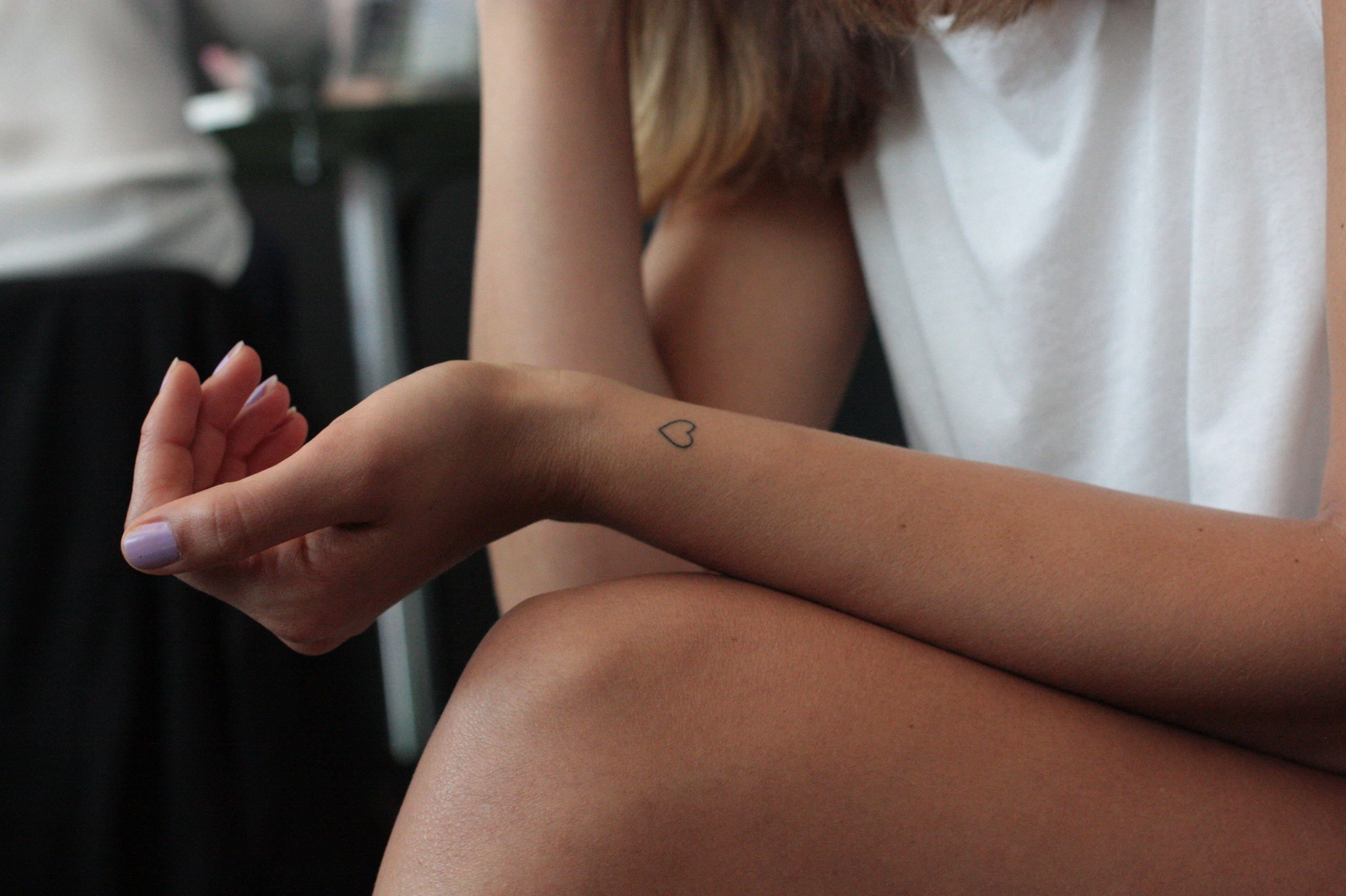
Powerful Laser Technology. Personalised Results.
Our laser tattoo removal treatments offer a safe, effective solution for those ready to fade or fully remove unwanted ink. Using advanced laser technology, we precisely target tattoo pigment, breaking it down into tiny particles that are naturally eliminated by the body over time.
The treatment is suitable for a wide range of tattoo colours, sizes, and placements, and is performed over multiple sessions to ensure optimal results with minimal disruption to the surrounding skin. Whether you're clearing the way for new artwork or simply letting go of the past, we deliver results-focused care with comfort, precision, and skin health in mind.

Precision Fading with
Minimal Downtime
What To Expect With
Laser Tattoo Removal
Laser tattoo removal is a gradual process designed to safely break down ink particles beneath the skin so your body can naturally remove them. Each treatment is customised based on your tattoo’s age, ink colour, location, and skin type.
Your treatment journey step-by-step...

STEP 1: Consultation & Patch Test
(15-30mins)
We assess your tattoo, skin type, and removal goals ensuring suitability and safety.

STEP 2: Laser Sessions
(15–45 mins)
Targets the tattoo ink, fragmenting it into microscopic particles, which are then naturally flushed away by your body over time.

STEP 3: Recovery & Repeat
(6-8 Weeks)
Sessions spaced 6–8 weeks apart to allow for healing and optimal pigment breakdown. Most tattoos require 6–10 sessions, depending on size, colour, and depth.

STEP 4: Aftercare Support
Ongoing
We’ll provide clear, personalised aftercare instructions to support healing and protect your skin throughout the process.
Want to see if Laser Hair removal is right for you?
Book your FREE No Obligation Consultation and talk to our experts today.
The Benefits of Laser Tattoo Removal


Remove What No Longer Reflects You
A safe, non-invasive treatment that uses advanced laser technology to break down unwanted tattoo ink so your body can naturally eliminate it.
Suitable for most colours and skin types, the ink fades gradually over multiple sessions with minimal downtime and long-lasting results.

Who Is Suitable for
Laser Tattoo Removal?
Laser tattoo removal is suitable for most healthy adults who want to fade or fully remove unwanted ink. However, as a medical-grade procedure, there are some important considerations to ensure safe and effective treatment.
Who Is Eligible:
-
Individuals with tattoos they no longer want due to personal preference or professional concerns.
-
Those in good overall health, as the immune system plays a role in eliminating ink particles.
-
People with varying skin tones, as advanced lasers can be adjusted for safety.



The Treatment:
What to Expect
A safe, non-invasive treatment that uses advanced laser technology to break down unwanted tattoo ink so your body can naturally eliminate it. Suitable for most colours and skin types, the ink fades gradually over multiple sessions with minimal downtime and long-lasting results.
While not all tattoos can be removed 100%, many clients achieve full removal—especially with black or grey ink, smaller designs, and tattoos on areas with strong circulation (like the upper body).
The Benefits of
Laser Tattoo Removal
People choose laser tattoo removal for all kinds of personal, aesthetic, and professional reasons. Whether it’s about letting go of the past or making space for something new, tattoo removal is about feeling confident in your own skin—again or for the first time.
Some of the key benefits include:
-
Effective for All Colors: Advanced lasers can target a wide range of ink colors, including difficult shades like green and blue.
-
Minimal Risk of Scarring: The precision of laser technology helps protect surrounding skin tissues during treatment.
-
Adjustable for Individual Needs: The treatment can be customized based on tattoo type and skin tone.
-
Gradual Fading: Tattoos fade naturally over sessions, ensuring progressive and consistent results.
-
Confidence Restored: The ability to remove unwanted tattoos allows individuals to feel more comfortable in their skin.



How Good are
the Results?
Laser tattoo removal is a gradual process, and results vary depending on the tattoo, skin type, ink colours, and your body’s natural response. While some clients achieve complete removal, others may experience significant fading that allows for an effective cover-up or a much softer appearance.
-
Outcome: Tattoos may fade significantly or be completely removed, depending on the depth and type of ink. Older and smaller tattoos generally respond faster to treatment.
-
Success Rate: Results vary based on individual factors like skin type, tattoo characteristics, and the number of sessions completed.
-
Healing: Some redness, swelling, or sensitivity may occur post-treatment but typically resolves within a few days.
Laser Tattoo Removal
Price List
Pricing is based on the size and complexity of your tattoo. Each treatment is tailored to your individual needs and requirements.
Every package or session purchased will be subject to an initial consultation and assessment of the area you are looking to treat.
- 60 British pounds
- 130 British pounds
- 180 British pounds
- 250 British pounds
- 90 British pounds





